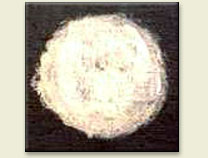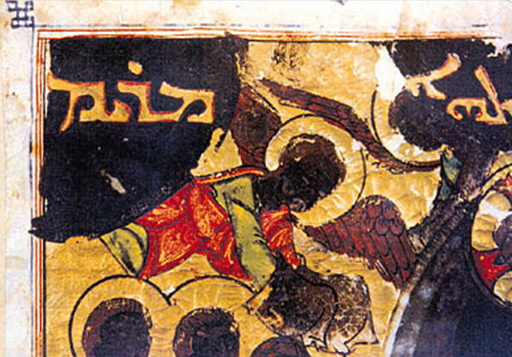
Brief description of Lead white:
Lead white has the warmest masstone of all the whites. It has a very subtle reddish-yellow undertone that is almost unnoticeable unless you are looking for it, or comparing lead white side by side with other kinds of white. This undertone is minimal in the best quality of lead whites. Lead white (native mineral is cerusite) is a carbonate of lead which was in use since antiquity and was prepared from metallic lead and vinegar. It was the only white used in European easel paintings until the 19th century when its poisonous lead content restricted its manufacture and sale as an artist’s pigment. Lead white is also the fastest drying of all of the whites because of the drying action of the lead pigment upon the oil. This makes lead white particularly valuable for painters who need a relatively fast drying time for underpainting or Alla Prima techniques.
Names for Lead white:
| Alternative names: | flake white, Cremnitz white | ||||||
| Non-English names: |
|
||||||
| Origin: | artificial | ||||||
| Chemical name: | Basic lead(II)-carbonate |
Example of use by artists:
Black angels in a XIV Century English manuscript?

Byzantine illuminated manuscript, series of readings based on the gospel, 1220, British Library.
Viictorian gas lamps blackened the pale faces of angels on an 800-year-old illuminated manuscript. The British Library, which has owned the book since the early 19th century, found out that large areas of the 60 richly coloured illustrations had turned black. The lead white pigment mixed with red pigment for the flesh tone has turned to a black compound, lead(II) sulfide due to the reaction among lead white and hydrogen sulfide emitted by the gas lamps used in the museum in the Victorian age.

